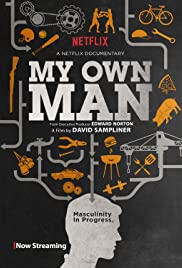
Rattled by the prospect of becoming a dad, a 40-year-old filmmaker begins to consider what “manhood” really means for him, prompting him to pursue an array of interests and reexamine his views — which were shaped by his father.
You May Also Like
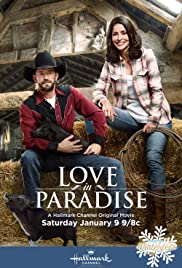
When a Western movie star is forced to spend a PR weekend at a dude ranch, his fans are horrified to learn he’s actually a city slicker who’s afraid of horses and has never been west of the Hudson River.

Director Martin Scorsese speaks candidly and passionately about one of his formative filmmaking influences: the late Elia Kazan. Utilizing precisely chosen clips from Kazan’s signature films including “On the Waterfront,” “A Streetcar Named Desire,” “Gentleman’s Agreement,” “Baby Doll,” “A Tree Grows in Brooklyn,” “A Face in the Crowd,” “America, America,” and “The Last Tycoon,” and interview footage of the director himself, co-directors Scorsese and Kent Jones recount the director’s tumultuous journey from the Group Theatre to the Hollywood A-list to the thicket of the blacklist. But most of all, they make a powerful case for Kazan as a profoundly personal artist working in a famously impersonal industry.
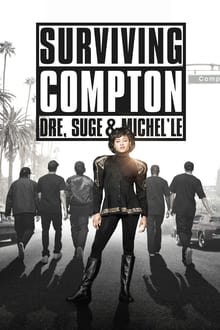
Discovered at a young age, the shy, squeaky-voiced Michel’le was plucked straight from South Central, Los Angeles and catapulted into the spotlight while riding N.W.A.’s rocket ride of early success. Surrounded by industry visionaries from Eazy-E to Tupack Skaur, Michel’le quickly climbed the charts, but her musical successes were soon overshadowed by betrayal and corruption. A nearly decade-long romance with the infamous Dr. Dre pushed her into a life tarnished by alcohol, drugs and violence until her savior came in the unlikely form of Suge Knight, co-founder of Death Row Records and Dre’s business partner. Friendship would turn into a courtly romance, but the union Michel’le thought they had did not end happily ever after. With children from both men and a career to protect, Michel’le’s voice became silenced by Compton’s biggest power players. Until now.

Junk Food consists of four intertwining stories. The first and fourth sections show the morning routine of an blind, old Japanese woman, waking up, buying bread and milk, praying at the family alter; however, it is the second segment where the true story begins.
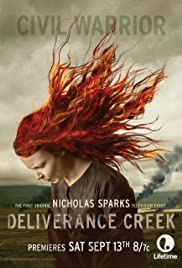
Set at the end of the Civil War, widowed mother of 3 Belle Gatlin Barlowe faces uncertainty as she attempts to defend her family’s land by any means necessary. When the corrupt bank that runs their town pushes Belle into becoming an outlaw, the stakes become personal, setting off a chain of events that force her to question whether it’s better to be good or to survive.

Widowed mother Mildred must suddenly redefine herself and find an outlet for her nurturing side when her adult daughter moves out of the family home. Though Mildred thinks she’s found her purpose when her neighbor, overworked single mother Monica, asks her to look after her little boy, she has great difficulty learning to strike a healthy balance between giving selflessly to others and remembering to take care of herself.
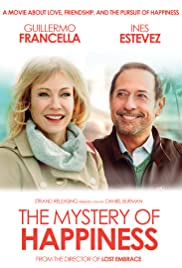
Life-long business partners Santiago and Eugenio understand each other without words, care for each other, and need each other. When Eugenio vanishes without a clue, Santiago and Laura, Eugenio’s wife, join forces to solve the mystery of his disappearance. What they discover is neither what they set out to find nor what you would expect, and their shared journey becomes a surprising and lighthearted meditation on friendship, love, and loyalty.

A young teen and his misfit group of friends try to escape from a strict boarding school that holds dangerous secrets.
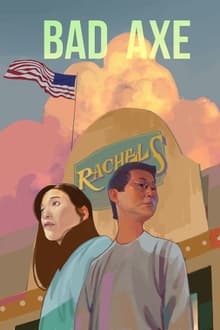
A real-time portrait of 2020 unfolds as an Asian-American family in Trump’s rural America fights to keep their restaurant and American dream alive in the face of a pandemic, Neo-Nazis, and generational scars from the Cambodian Killing Fields.
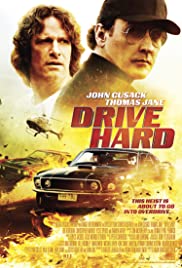
A former race car driver is abducted by a mysterious thief and forced to be the wheel-man for a crime that puts them both in the sights of the cops and the mob.